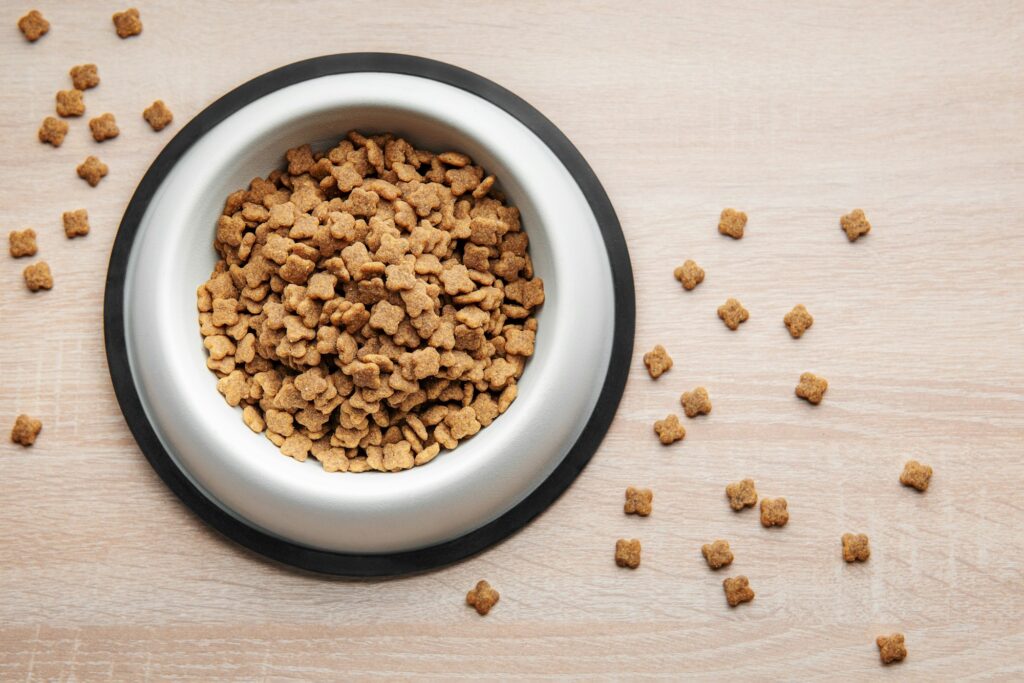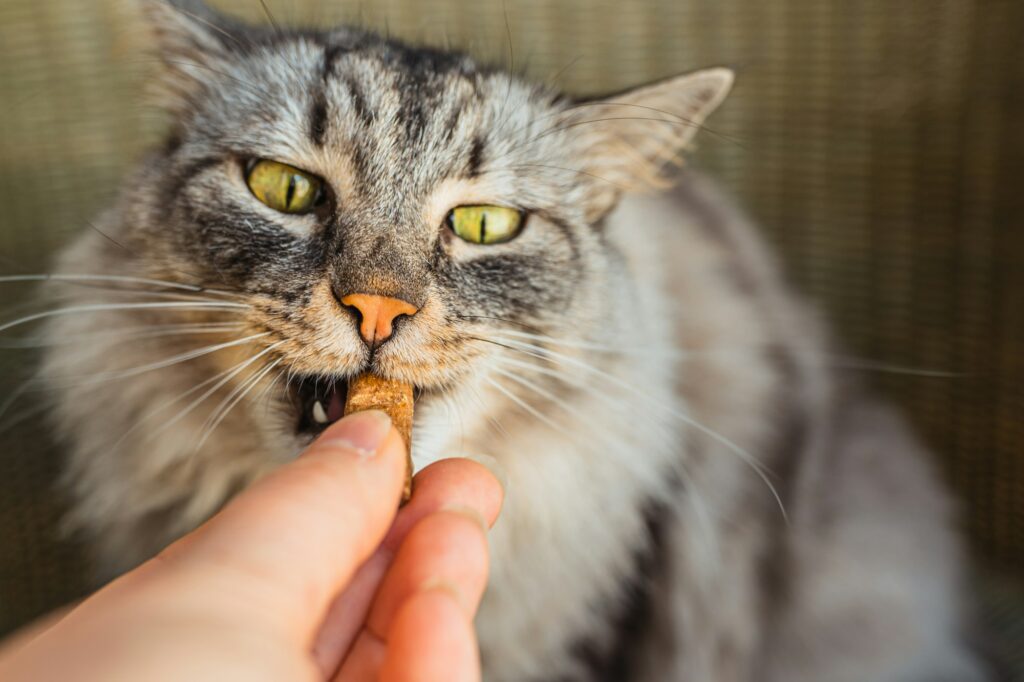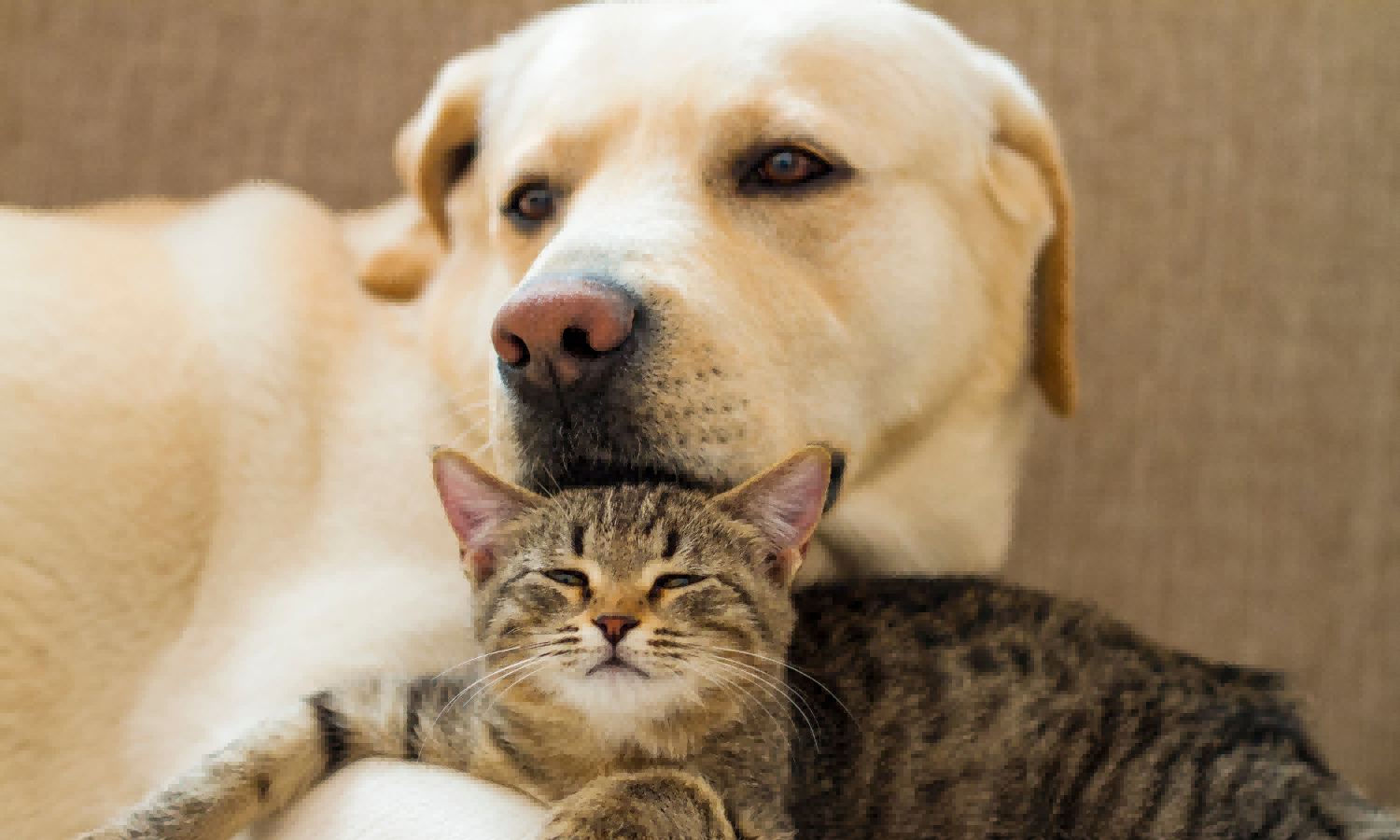Science of Palatability in Pet Food
In the world of pet food, palatability is king. It’s the secret sauce that keeps our furry friends coming back to their bowls, tails wagging eagerly for mealtime.
But what exactly is palatability, and why does it matter so much in the realm of pet nutrition? In this exploration, we’ll delve into the science behind palatability, its importance for both pets and their owners, and how pet food manufacturers utilize this knowledge to create meals that pets love.

Defining Palatability
At its core, palatability refers to the taste, aroma, texture, and overall sensory experience of food that makes it appealing to an animal. For pets, this means the food not only satisfies their nutritional needs but also excites their senses and triggers a positive response. Think of it as the difference between a bland, uninspiring meal and a mouthwatering feast that leaves you eagerly anticipating the next bite.
Why Does Palatability Matter?
Palatability isn’t just about indulging our pets’ taste buds—it plays a crucial role in their overall health and well-being. Just like humans, pets are more likely to consume adequate nutrients when they enjoy their food. A meal that’s enticing and satisfying encourages consistent eating habits, ensuring pets receive the essential vitamins, minerals, and macronutrients they need to thrive.

Furthermore, palatable food can be particularly beneficial in certain situations, such as encouraging picky eaters to consume their meals or enticing sick or convalescing pets to eat when they may have a decreased appetite. In these cases, a highly palatable diet can be a lifeline, helping to maintain proper nutrition and support the healing process.
Beyond its impact on pets, palatability also matters to pet owners. For many of us, our pets are cherished members of the family, and we want to provide them with the best possible care. Offering a diet that our pets enjoy not only brings us joy but also reassures us that we’re meeting their nutritional needs and promoting their health and happiness.

The Science Behind Palatability
Creating a palatable pet food isn’t just about guesswork or trial and error—it’s a science unto itself. Pet food manufacturers invest significant resources into understanding the factors that contribute to palatability and fine-tuning their formulations to maximize appeal.
Taste
Taste is perhaps the most obvious aspect of palatability. Pets, like humans, have taste receptors that detect sweet, salty, sour, bitter, and umami flavors. While dogs have around 1,700 taste buds (compared to humans’ 9,000), cats have far fewer, with only around 470. Despite these differences, both dogs and cats are attracted to foods that balance these flavors in a way that’s appealing to their palates.

Aroma
Aroma is another critical component of palatability, especially for dogs, who have a highly developed sense of smell. The aroma of food can trigger a Pavlovian response in pets, stimulating their appetite and making mealtime a more enjoyable experience. Pet food manufacturers carefully select ingredients and utilize cooking processes that enhance the aroma of their products, enticing pets to eat.

Texture
Texture plays a significant role in palatability, influencing how a pet perceives the food in their mouth. Some pets prefer kibble with a crunchy texture, while others may prefer the moistness of canned food or the chewiness of semi-moist treats. By offering a variety of textures, pet food manufacturers cater to different preferences and ensure that there’s something for every pet to enjoy.
Nutrient Balance
While taste, aroma, and texture are crucial, palatability isn’t solely about indulging pets’ cravings. A truly palatable diet must also meet their nutritional needs, providing a balance of protein, carbohydrates, fats, vitamins, and minerals essential for their health. Pet food manufacturers work closely with veterinary nutritionists to develop formulations that are not only delicious but also nutritionally complete and balanced.

Innovations in Palatability
As our understanding of pet nutrition and behavior continues to evolve, so too does our approach to palatability. Pet food manufacturers are constantly innovating, experimenting with new ingredients, formulations, and processing techniques to create foods that pets find irresistible.
One area of innovation is the use of novel proteins and exotic ingredients. While traditional pet foods often rely on chicken, beef, and fish, manufacturers are exploring alternative protein sources such as venison, rabbit, and duck. These novel proteins not only offer new flavors for pets to enjoy but also cater to owners seeking hypoallergenic or limited-ingredient diets for their pets.

Another emerging trend is the use of functional ingredients that offer health benefits beyond basic nutrition. Ingredients like probiotics, prebiotics, antioxidants, and omega-3 fatty acids are being incorporated into pet foods to support digestion, immunity, joint health, and skin and coat health. By combining palatability with functionality, manufacturers are creating foods that not only taste great but also contribute to pets’ overall well-being.
The Role of Pet Owners
While pet food manufacturers play a significant role in creating palatable diets, pet owners also have a responsibility to ensure their pets’ nutritional needs are met. This includes selecting high-quality foods that are appropriate for their pet’s age, size, and activity level, as well as feeding them in appropriate portions to prevent obesity and other health issues.

Additionally, pet owners can enhance the palatability of their pet’s meals by incorporating variety into their diets. Just like humans, pets can get bored with eating the same thing every day. Offering a rotation of different flavors, textures, and brands can keep mealtime exciting and prevent picky eating behaviors.
Conclusion
Palatability is more than just a buzzword in the world of pet food—it’s a fundamental aspect of pet nutrition and well-being. By understanding the science behind palatability and the factors that contribute to it, pet food manufacturers can create meals that pets love to eat, while also ensuring they receive the essential nutrients they need to thrive.
As pet owners, we play a crucial role in providing our pets with nutritious and delicious meals that support their health and happiness. By prioritizing palatability and selecting high-quality foods, we can give our pets the gift of a lifetime of enjoyable mealtime experiences.













